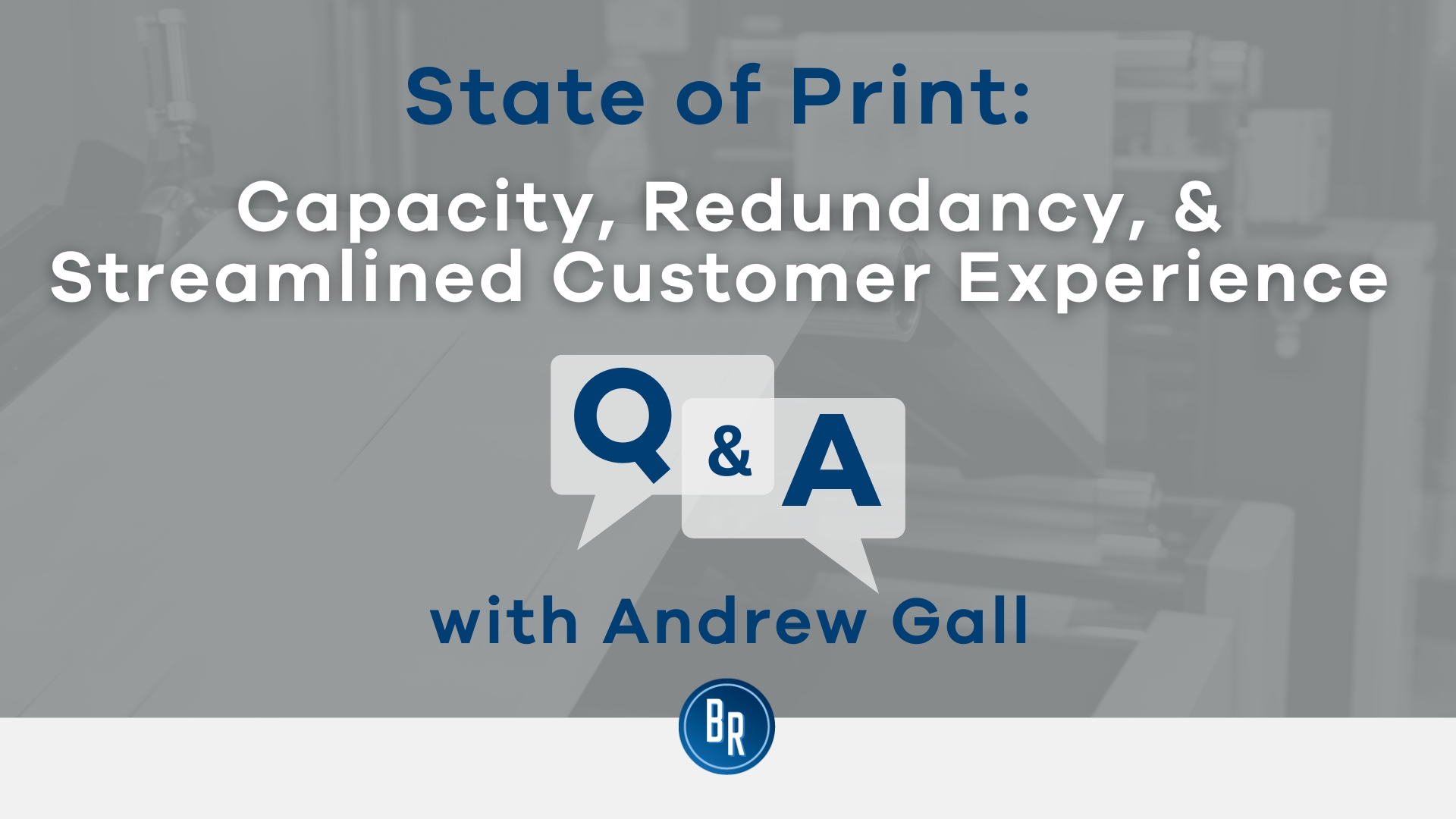Clarified: If a Company Goes Bust Who Pays Redundancy in the UK?
Clarified: If a Company Goes Bust Who Pays Redundancy in the UK?
Blog Article
Exploring the Interplay In Between Business Redundancy and Organizational Flexibility for Future Growth
In the dynamic landscape these days's company globe, the complex relationship in between firm redundancy and organizational adaptability becomes a vital factor for continual growth and success. Firms often deal with the challenge of striking a fragile equilibrium between keeping a level of redundancy to minimize risks and cultivating adaptability to react promptly to the ever-evolving market needs. This delicate interplay holds the vital to not only making it through in stormy times however additionally flourishing despite uncertainty. As we discover the multifaceted dimensions of this interaction, intriguing insights right into just how organizations browse these complexities to pave the method for future development await.
Significance of Business Redundancy
Business redundancy is a vital component that enhances organizational resilience and reduces operational risks. By integrating redundancy steps within the organizational framework, business can much better hold up against unforeseen disruptions and fluctuations in the business environment. Redundancy works as a strategic buffer, enabling companies to adapt and react properly to unanticipated obstacles without jeopardizing necessary procedures.
One secret aspect of the importance of company redundancy is its duty in making sure continuity during times of situation. When confronted with unexpected changes or emergency situations, repetitive systems, sources, or workers can tip in to preserve essential functions and prevent prevalent disturbances. This continuity not only safeguards the firm's track record and client count on but additionally reduces financial losses and functional downtime.

Strategies for Organizational Adaptability

One more critical method is spending in technology and infrastructure that can support versatility and scalability. Applying electronic devices, automation, and information analytics can streamline operations, improve effectiveness, and give beneficial understandings for informed decision-making. Moreover, creating adaptable business frameworks that permit for fast changes to market characteristics and client demands is necessary for remaining affordable in a quickly developing setting. By proactively recognizing possible disruptions and chances, organizations can proactively adapt and thrive in an ever-changing business landscape.
Harmonizing Redundancy and Versatility
Achieving an unified balance between functional redundancy and business adaptability is paramount in browsing the complexities of a vibrant service environment. Redundancy within a business supplies a safeguard, making sure continuity and security in operations. Nonetheless, an extra of redundancy can lead to inadequacies and impede flexibility to altering market problems. On the other hand, business adaptability permits firms to react quickly to exterior disruptions and confiscate brand-new opportunities. Striking the ideal balance between redundancy and flexibility is a delicate procedure that requires a deep understanding of the organization's objectives, industry characteristics, and risk tolerance.
To accomplish this equilibrium, business require to carry out normal analyses of their procedures to recognize locations where redundancy is required for danger mitigation and where versatility can drive advancement and development. Carrying out versatile structures, promoting a culture of continuous knowing and improvement, and motivating open interaction across all websites levels of the organization are essential techniques to balance redundancy and adaptability efficiently. By aligning these two critical elements, business can position themselves for sustainable development and success in an ever-changing organization landscape.
Instance Research Studies on Adaptation Success
In analyzing instances of effective business adaptation, it comes to be evident that the interaction between functional redundancy and versatility is a defining consider shaping resistant services. One engaging study is that of Netflix. Originally a DVD rental service, Netflix showed amazing adaptability by transitioning right into a streaming system when digitalization interrupted the sector. By purposefully investing in modern technology and content production, Netflix not just prospered however survived in a swiftly developing market. An additional standout example is Amazon. Beginning as an on the internet book shop, Amazon constantly adjusted its company version, broadening right into diverse fields such as cloud computing and expert system. This versatility allowed Amazon to stay in advance of competitors and fulfill altering customer demands. Finally, Adobe gives a notable image of successful adaptation. The firm shifted from offering software program licenses to a subscription-based model, making certain repeating profits streams and boosted customer interaction. These study highlight the value of operational redundancy coupled with organizational flexibility in fostering long-term growth and competition.
Building Resilience for Future Development
Building strength for future development requires a critical positioning of operational procedures with market dynamics and arising trends. Firms should adjust to altering environments by promoting a culture of versatility, development, and continual enhancement.
Moreover, promoting solid connections with stakeholders, such as customers, workers, suppliers, and the neighborhood, is see page important for keeping and weathering uncertainties trust fund and support during unstable times. Reliable communication and openness play a vital function in structure resilience, as they assist straighten expectations and promote partnership in browsing uncertainties.
Additionally, companies require to prioritize knowing and growth campaigns to upskill employees and furnish them with the essential devices to adjust to changing situations. By spending in their labor force, firms can pop over to this web-site enhance their versatility and dexterity, inevitably reinforcing their resilience for sustainable future growth.
Final Thought

In the dynamic landscape of today's service world, the detailed connection between business redundancy and business adaptability arises as an essential aspect for sustained growth and success. Firms often deal with the obstacle of striking a delicate balance in between keeping a level of redundancy to alleviate threats and fostering versatility to react promptly to the ever-evolving market demands.To accomplish this equilibrium, firms need to carry out routine analyses of their procedures to recognize locations where redundancy is required for danger reduction and where flexibility can drive innovation and growth.In final thought, the interaction in between firm redundancy and organizational adaptability is important for future development. Structure resilience with a mix of redundancy and flexibility will certainly ensure that companies are prepared for the challenges of the future.
Report this page